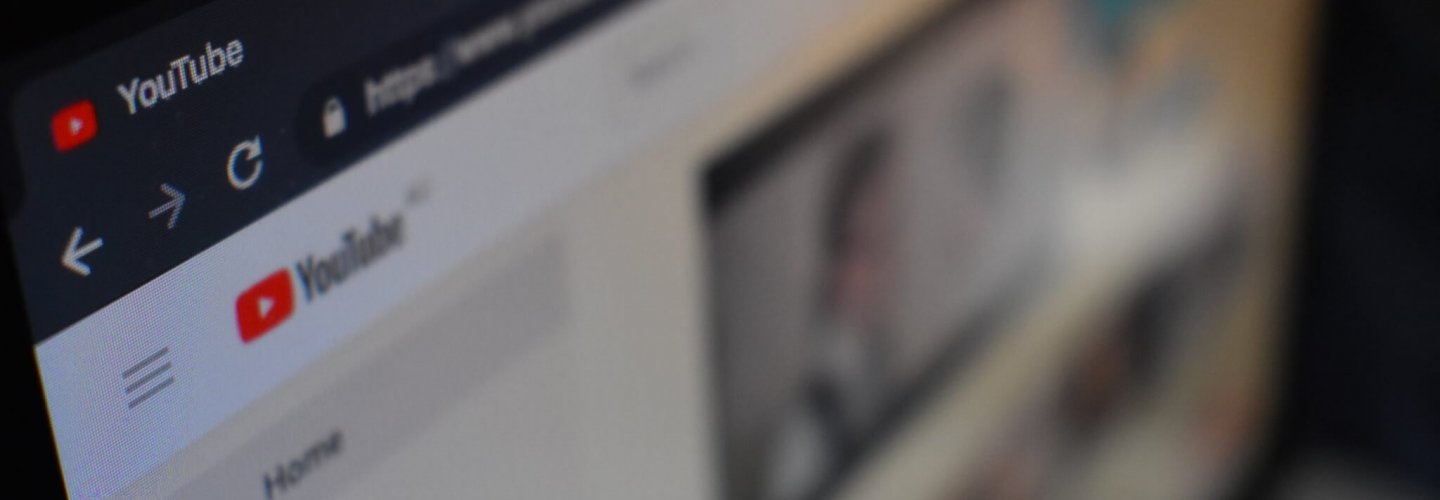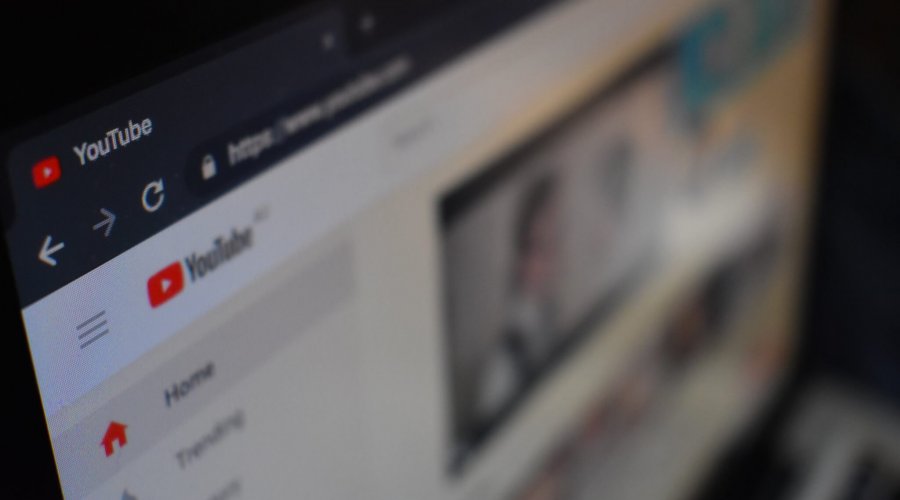It’s now possible for your music to be available across hundreds of different platforms around the world thanks to digital distribution services. We are also seeing a big increase in the number of platforms that use “Content ID” systems to track the usage of music by their users such as YouTube, Facebook and Instagram.
There are a lot of misconceptions about how these systems operate as they are seen to be blocking certain usages of music or taking down videos. In most cases however, the platforms are trying to protect the copyright within your music and ensure that you are paid fairly for any uses. We’re going to take a look at the different platforms and the benefits to ensuring your music is within their Content ID systems.
YouTube
YouTube first launched its Content ID system in 2007 and it’s reported to have cost around $100 million to develop. When a video is uploaded to YouTube, Content ID uses fingerprinting technology to scan whether this video contains any content belonging to a copyright owner such as a recording artist or songwriter. It’s become quite sophisticated to be able to detect if a song has been manipulated in any way such as sped up or slowed down.
If a user-uploaded video contains your song, you can apply ownership policies to monetize, block or takedown the video. You can do this on a worldwide basis or take a really granular approach and apply a different policy in each territory YouTube is available in.
As with any kind of visual media, there are two types of copyright exploited whenever your song is played within a video – the master recording and the composition. If you own the rights to the master recording, you can ask your distributor if they have also delivered your music to YouTube’s Content ID platform in order to receive your revenue. Our sister company Horus Music includes delivery to YouTube’s Content ID as standard in their distribution service. If your distributor doesn’t handle this, there are also third-party services like Audiam, Haawk or AdRev. We’d advise you research which service is the best for you.
If you’re the songwriter or publishing rightsholder, YouTube has deals with Performance Rights Organisations (PRO’s) around the world to collect and distribute royalties earned on the platform to its members. As such, it’s important that you affiliate yourself with a PRO. In the UK, this is PRS for Music.
It’s worth noting as well that YouTube Content ID is separate to their subscription services like YouTube Premium and YouTube Music, where your music is also monetized.
In 2016, Facebook launched their Rights Manager tool. Thanks to multiple deals with labels, publishers and PRO’s, Rights Manager can now track the usage of music within user uploaded videos on Facebook.
Initially, Facebook blocked any video that included copyrighted music. Now they have new rules where the video uploader will be informed whether their video is allowed to go live as the music is included in their existing licensing deals with labels and publishers. If the music isn’t licensed within Rights Manager, the video will be muted.
Your Distributor and Publisher will be able to advise whether your music is being delivered to Facebook’s Rights Manager platform. If it is, you can work with them to set your policies to block or monetise a video that uses your music. You’ll earn royalties for videos that embed your song.
As Facebook owns Instagram, this platform is also covered by their Rights Manager tool to protect and monetise your music.
Although not related directly to their content ID system, Instagram has some great tools to promote your music on their platform too. Instagram Stories have become a popular way to interact with your fans. You can use these to give people a behind the scenes look into how you create music or even just what you’re up to in day to day life. It’s now possible to embed audio and lyrics into Instagram stories too so you should check with your Distributor and Publisher that your tracks and lyrics have been licensed to Instagram.

